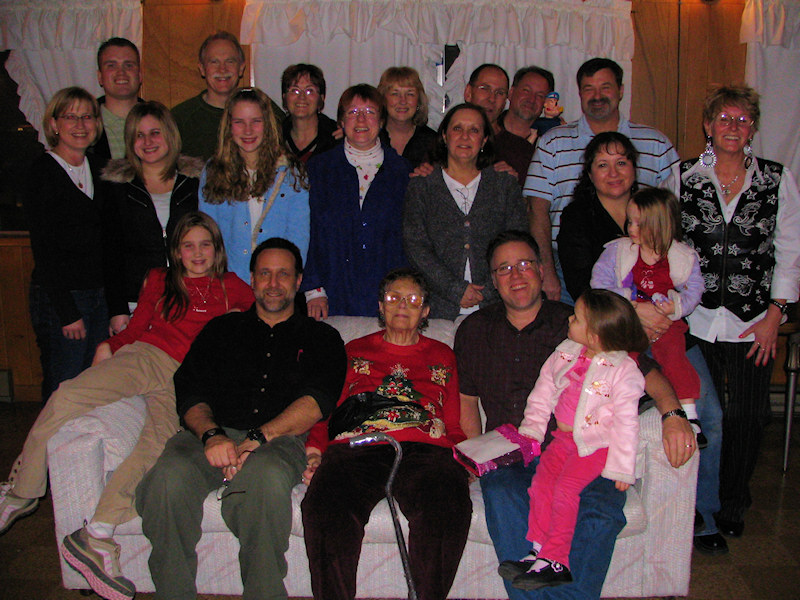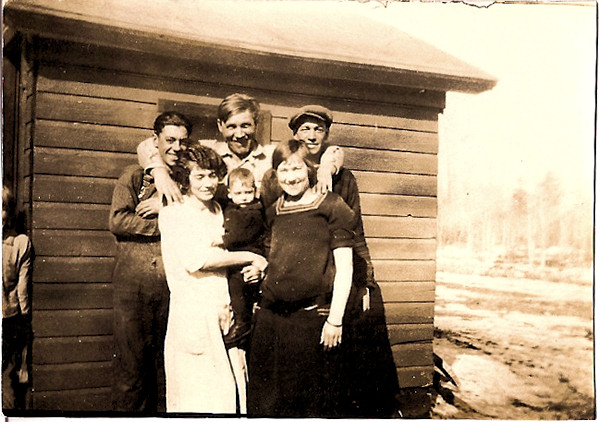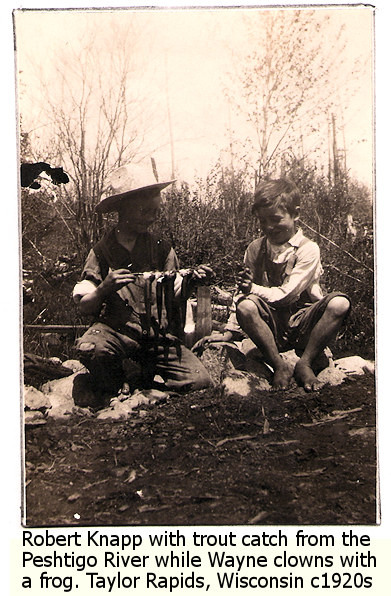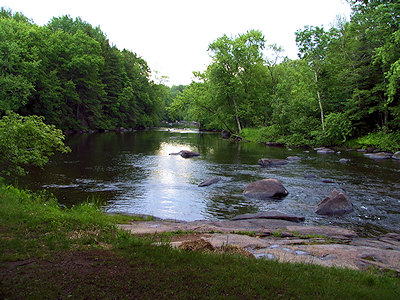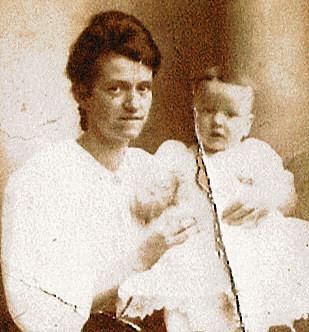The Decatur Daily’s article on “Exploring Their Roots” talks about how the Jones family preserves their family history by involving the whole family, including the younger generation, by making their family reunions as family affair.
Catherine Miller knows what it takes to put on a big family reunion — good food, family history books with old photos, games and fun, T-shirts, goody bags and door prizes. But the most important part is providing time for relatives — especially younger family members — to learn about each other and their extended family.
…Only Walter Jones has living sons and daughters, said Miller, reunion president. One of them — her uncle Willie E. Jones — was reunion treasurer. “It’s very important to keep getting together. We’re just about down to cousins in the Jones family.”
It’s important for younger members of the family to know their roots,” she said. “We’re not going to be here that long, so if we don’t teach them now…
“There’s been a couple of times my children have run into people who are in the family and didn’t know who they were — and they could marry them, if they didn’t know.”
Red-bound family history booklets showed the branches of the family tree, as did 250 red and black reunion T-shirts…Miller, 62, a breast cancer survivor and Delphi retiree, relied on cousin Barbara Cook and uncle Willie E. Jones as reunion helpers. Her children — Melvin Harris, 40; Darren Harris, 39, and twins Sharanda and Sharonda Harris, 22-year-old students at The University of Alabama at Birmingham — also helped.
Now she has 13 grandchildren and one great-granddaughter — 8-year-old Shasha, who was a winner of the 1950s dance contest during the reunion. Trips to Point Mallard for water fun, horseshoes, badminton, dominoes and other games were part of the reunion, too.
Fanny Mitchell of Florence, 82, won a prize as the oldest family member attending, while Willie E. Jones’ 6-month-old great-granddaughter, Hannah Jones of Decatur, was the youngest.
Involving the entire family in the family reunion plans is step one to a successful family reunion. Instead of putting all the work on the shoulders of one person, delegate it. Miller and her family have a chair person, treasurer, a few handling the family history and research, and various people handling and coordinating the games and activities, including arrangements for food. The more who are involved, the more fun it is for all.

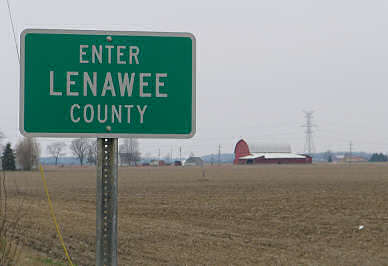 My
My 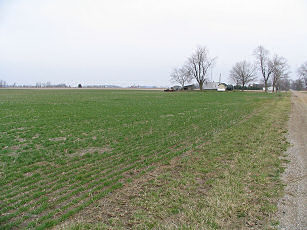 Much of the area remains as it was in the middle to late 1800s, with a few spots where farm land has been converted into subdivisions of homes. It remains far outside of metropolitan and populated areas, so growth and change is slow.
Much of the area remains as it was in the middle to late 1800s, with a few spots where farm land has been converted into subdivisions of homes. It remains far outside of metropolitan and populated areas, so growth and change is slow.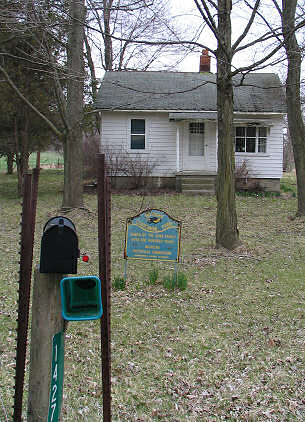 As you drive around Lenawee County, you will see occasional signs marking the homestead as being continuously owned by the same family for over 100 years, paying tribute to the areas history.
As you drive around Lenawee County, you will see occasional signs marking the homestead as being continuously owned by the same family for over 100 years, paying tribute to the areas history.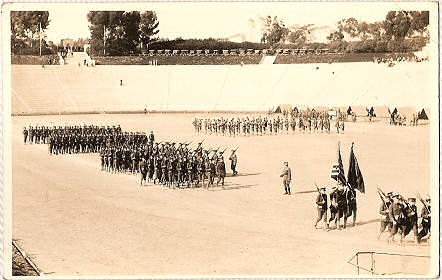

 I will be posting some of those comparisons soon so you can see the differences of what these places looked like then and now.
I will be posting some of those comparisons soon so you can see the differences of what these places looked like then and now. 